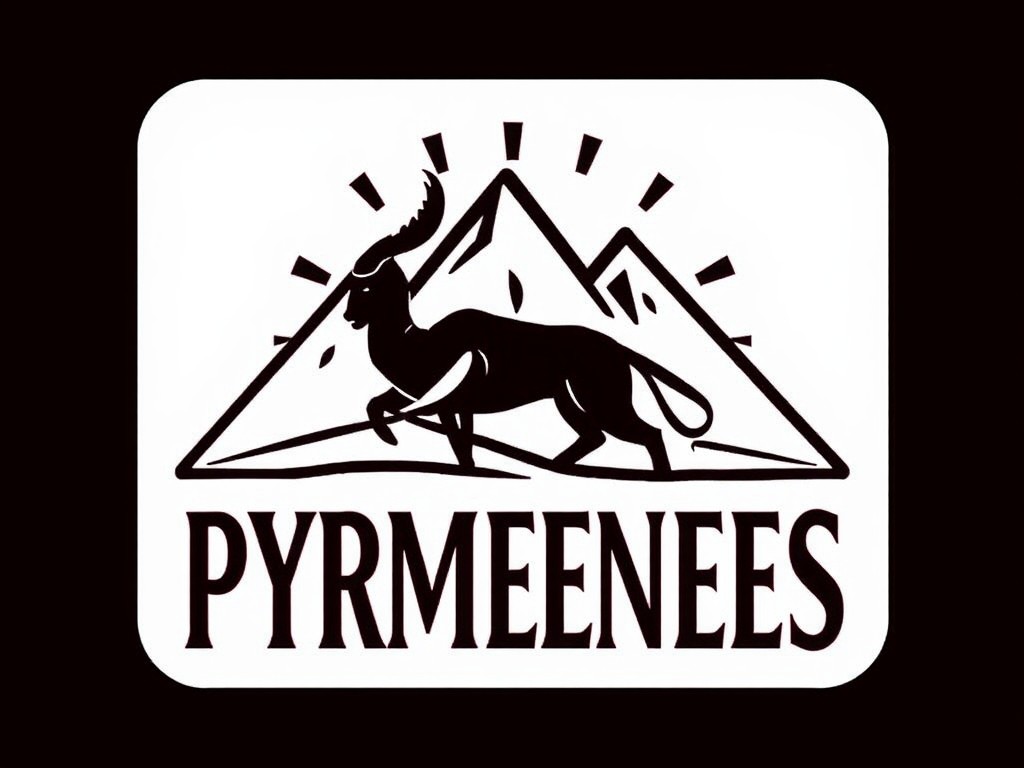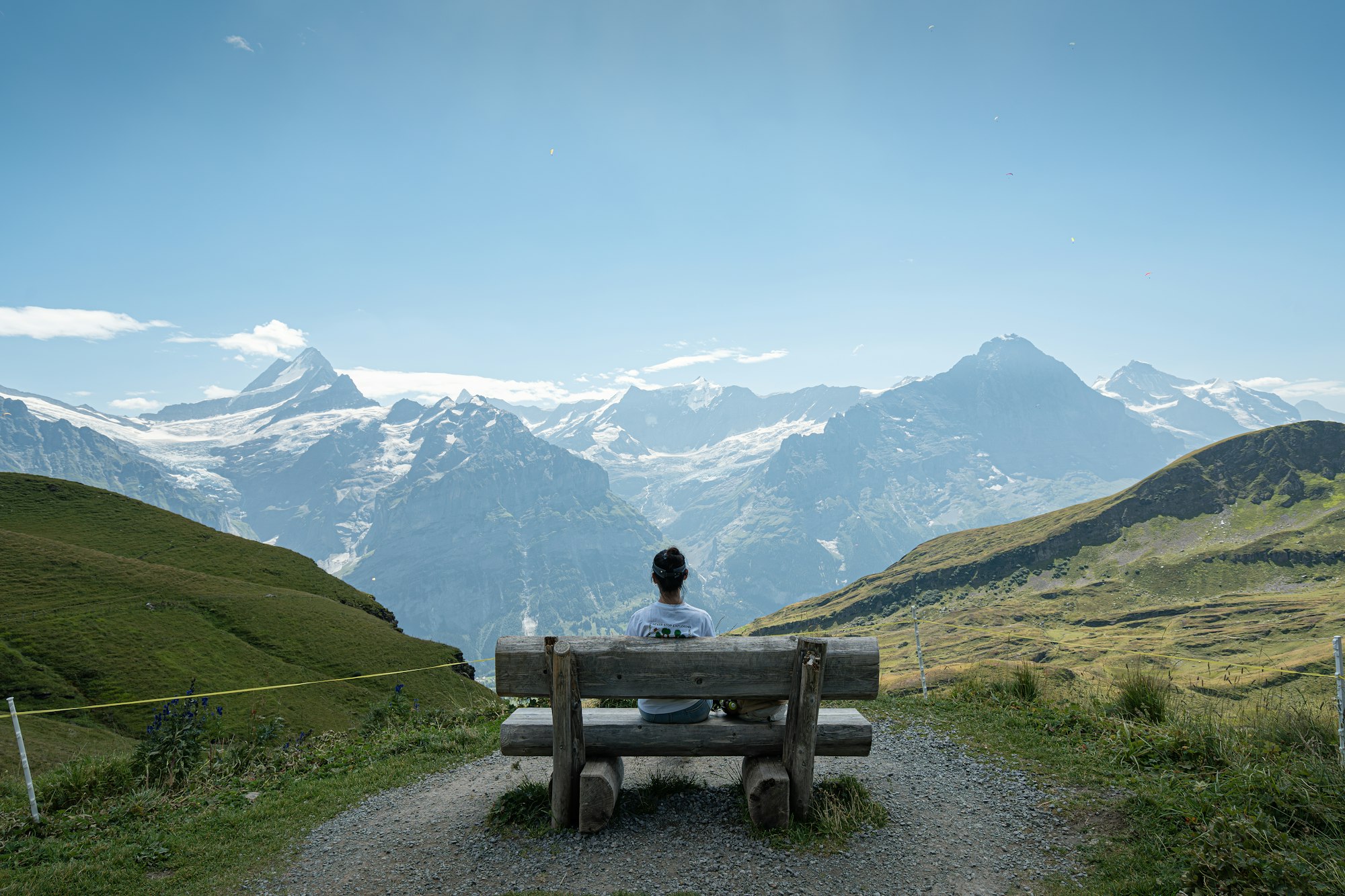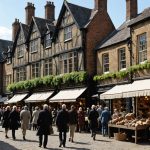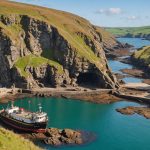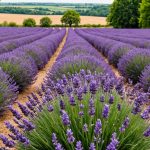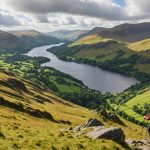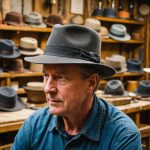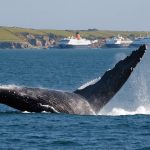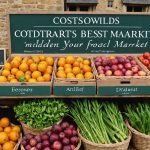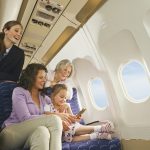The Scottish Highlands offer a breathtaking canvas for wildlife photography, from majestic stag to elusive otters. To capture these moments, understanding animal behavior and mastering techniques is essential. This guide focuses on best practices that elevate your photography game, ensuring you not only document the beauty around you but also tell a compelling story. Equip yourself with tips that blend technical know-how with an appreciation for nature, allowing your images to resonate with authenticity and emotion. Get ready to transform your photography experience in this stunning landscape.
Understanding Wildlife Photography in the Scottish Highlands
Wildlife photography is a captivating art form that captures the essence of nature. In the Scottish Highlands, this pursuit takes on a unique charm. Known for its rugged landscapes and diverse ecosystems, the Highlands offer a backdrop that is both breathtaking and challenging. This region is home to a variety of species, making it a prime location for wildlife photography.
Also read : Discover the Best Places for In-Depth Traditional British Hat Making Workshops for Tourists
The significance of wildlife photography lies in its ability to document and preserve the beauty of wildlife in their natural habitats. It requires a deep understanding of animal behaviour and the environment. The Scottish Highlands provide photographers with the opportunity to capture majestic creatures like red deer, golden eagles, and otters in their natural surroundings.
One of the fundamental aspects of wildlife photography is patience. Observing animals in their habitat takes time and keen observation skills. Photographers must often wait for hours to capture the perfect shot. The unpredictable weather of the Highlands adds another layer of complexity, demanding adaptability and resilience.
Also read : Discover the Best Places for In-Depth Traditional British Hat Making Workshops for Tourists
In summary, wildlife photography in the Scottish Highlands is a rewarding endeavour that combines art, patience, and a deep appreciation for nature’s wonders.
Essential Photography Techniques
When capturing the majestic wildlife of the Scottish Highlands, mastering photography techniques is crucial. Composition techniques form the backbone of any compelling wildlife photograph. By understanding the rule of thirds, photographers can ensure subjects like red deer or golden eagles are positioned to draw the viewer’s eye naturally. Framing the subject within elements of the landscape can add depth and context, enhancing the overall impact.
Lighting conditions significantly affect the outcome of wildlife photography. The Highlands’ ever-changing weather means photographers must be adept at working with varying light. Early mornings and late afternoons, known as the golden hours, provide soft, warm light that enhances textures and colours, making them ideal for shooting. Conversely, overcast skies offer diffused light, minimising harsh shadows and allowing for more detail in the subject.
Camera settings are another critical component. Fast shutter speeds are essential for capturing swift movements, such as a golden eagle in flight. Adjusting the ISO can help manage low-light conditions, while a wide aperture can create a beautiful bokeh effect, isolating the subject against a blurred background. Understanding and adapting these settings to different wildlife situations can dramatically improve the quality of the photographs.
Recommended Gear for Wildlife Photography
When embarking on a wildlife photography journey in the Scottish Highlands, the right photography gear is essential for success.
Cameras and Lenses
Choosing the right camera body is crucial. A camera with a fast autofocus system and high burst rate is ideal for capturing swift movements. Full-frame cameras often provide better image quality and low-light performance. As for lenses, a telephoto lens is indispensable. A 300mm or 400mm lens allows photographers to capture wildlife from a distance without disturbing the animals. For close encounters, a macro lens can reveal intricate details of smaller creatures.
Accessories for Wildlife Photography
Key accessories enhance the photography experience. A sturdy tripod stabilises the camera, especially during long shoots. Binoculars are useful for spotting wildlife from afar, allowing photographers to prepare for the perfect shot. Camouflage gear helps blend into the environment, reducing the risk of startling wildlife.
Clothing and Safety Essentials
Proper clothing is vital for comfort and safety. Layered clothing is recommended to adapt to the Highlands’ unpredictable weather. Waterproof boots and jackets keep photographers dry. Safety essentials include a first-aid kit and a whistle, ensuring preparedness for unexpected situations in remote areas.
Best Locations for Wildlife Observation
Exploring the wildlife locations in Scotland offers photographers a chance to capture stunning images. The Scottish Highlands boast some of the most remarkable places to observe wildlife. Among these, the Cairngorms National Park stands out as a prime destination. Home to species like the red deer and golden eagle, it provides diverse habitats that attract photographers year-round.
Another excellent spot is the Isle of Mull, renowned for its sea eagles and otters. The island’s rugged coastline and rich natural environment make it a favourite among wildlife enthusiasts. Seasonal migration patterns also play a crucial role in determining the best times to visit these locations. For example, spring is ideal for witnessing the arrival of migratory birds, while autumn showcases the red deer rut.
For those seeking less-trodden paths, the Knoydart Peninsula offers a unique experience. Known as Britain’s last wilderness, it promises encounters with rare species in a tranquil setting. Similarly, the Torridon Hills provide dramatic landscapes and opportunities to photograph elusive wildlife. These hidden gems offer photographers the chance to capture unique shots away from the crowds, making every visit a memorable adventure.
Optimal Times for Wildlife Photography
Understanding the wildlife activity times in the Scottish Highlands is crucial for capturing stunning photographs. The golden hours, early morning and late evening, are prime times for wildlife photography. During these periods, the light is soft and warm, enhancing the natural beauty of the landscape and wildlife. This time of day also coincides with increased animal activity, as many species are more active during dawn and dusk.
Seasonal variations significantly impact wildlife behaviour. In spring, the Highlands come alive with activity, making it an ideal time for photographing migratory birds returning to the area. Summer offers longer daylight hours, providing ample opportunities to capture a variety of species, while autumn is perfect for witnessing the dramatic red deer rut.
Each season brings unique opportunities, but some months are particularly favourable for specific species. For example, May and June are excellent for observing golden eagles, as they are often seen hunting to feed their young. Meanwhile, October offers a chance to capture the majestic red deer during their rutting season. By understanding these wildlife activity times, photographers can plan their excursions to maximise their chances of capturing extraordinary images.
Ethical Wildlife Photography Practices
Ethical photography is crucial in capturing wildlife responsibly. Respecting wildlife and their habitats is paramount for any photographer. Maintaining a safe distance is essential to ensure animals are not disturbed, as getting too close can cause stress or alter their natural behaviour. Using a telephoto lens allows photographers to capture detailed images without encroaching on an animal’s space.
Guidelines for minimising disturbance include avoiding sudden movements and loud noises, which can startle wildlife. Patience is key; allowing animals to move freely without interference fosters a more authentic interaction. Photographers should also be aware of sensitive times, such as breeding seasons, when animals are more vulnerable.
Conservation plays a significant role in ethical photography. By highlighting the beauty and plight of wildlife, photographers can raise awareness and support for conservation efforts. Engaging with local conservation groups and following their recommendations ensures that photography practices align with preservation goals. Ethical photography not only protects wildlife but also enhances the authenticity and impact of the images captured. By adhering to these principles, photographers contribute to the preservation of ecosystems while capturing the awe-inspiring beauty of the natural world.
Environmental Considerations
Understanding the environmental impact of wildlife photography in the Scottish Highlands is crucial for preserving its natural beauty. Climate change poses significant challenges to the region’s wildlife, altering habitats and affecting species distribution. For instance, rising temperatures can lead to habitat loss for cold-adapted species, forcing them to move to higher altitudes or face extinction. This shift demands heightened environmental awareness from photographers, who must adapt their practices to minimise harm.
Sustainable practices are essential for responsible wildlife photography. Photographers can reduce their carbon footprint by using eco-friendly transportation and equipment. Additionally, adhering to the Leave No Trace principles ensures that natural habitats remain undisturbed. This includes carrying out all waste and avoiding damage to vegetation. By implementing such practices, photographers contribute positively to the environment.
Balancing photography and conservation efforts is vital. Engaging with local conservation initiatives helps photographers stay informed about current environmental issues and guidelines. Supporting projects that protect endangered species or restore habitats can amplify the positive impact of photography. By integrating environmental awareness into their work, photographers not only capture stunning images but also play a crucial role in preserving the Highlands’ unique ecosystems.
Inspirational Examples of Wildlife Photography
Exploring wildlife photography inspiration from the Scottish Highlands reveals an array of stunning images that capture the region’s natural splendour. Renowned photographers have immortalised the Highlands’ majestic creatures through their lenses, offering a glimpse into the world of wildlife photography.
Showcase of Stunning Wildlife Photos
The Highlands are a treasure trove of breathtaking wildlife photographs. Images of red deer silhouetted against misty mountains or golden eagles soaring through the sky exemplify the beauty of this unique landscape. Each photograph tells a story, showcasing the photographer’s skill in capturing fleeting moments in nature.
Interviews with Renowned Photographers
Stories from celebrated wildlife photographers provide invaluable insights into their craft. They share experiences of braving the Highlands’ unpredictable weather and the patience required to capture the perfect shot. These narratives highlight the dedication and passion that drive their work, offering inspiration to aspiring photographers.
Analysis of Techniques
Examining the techniques used in these exemplary photographs reveals the artistry behind each image. Photographers often employ the rule of thirds to create balanced compositions, while careful use of light enhances the subject’s features. Understanding these techniques can inspire and guide photographers in their own wildlife photography pursuits.
